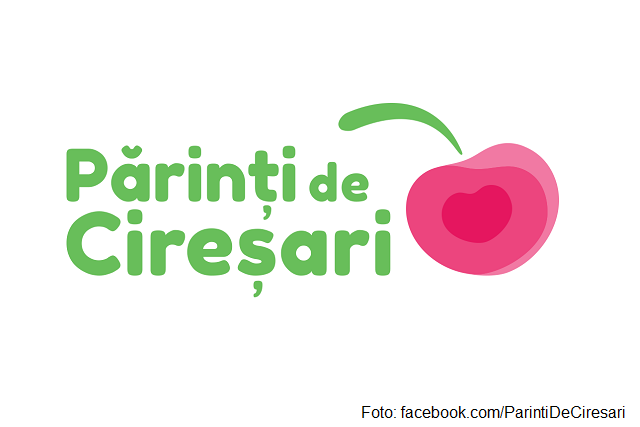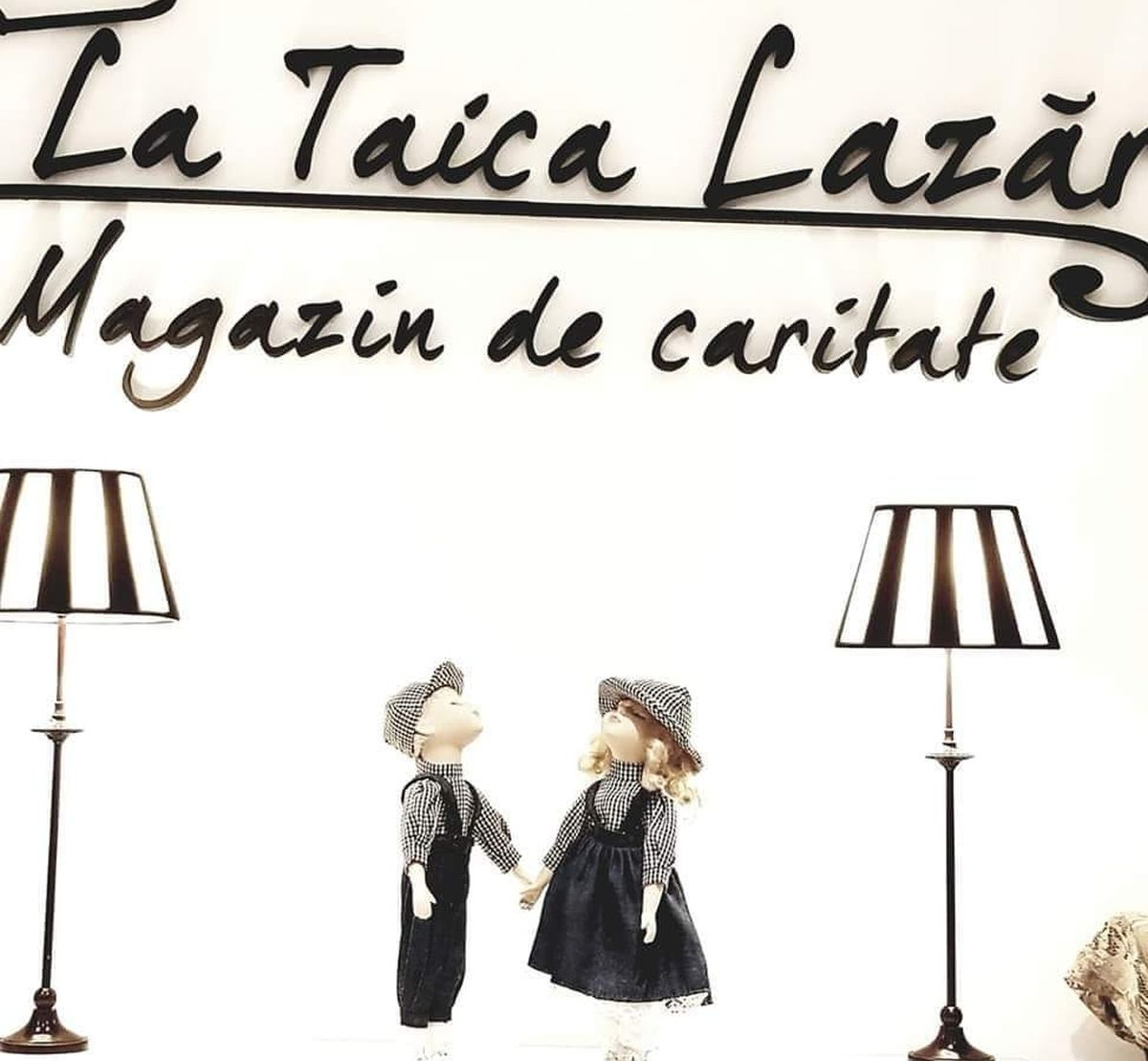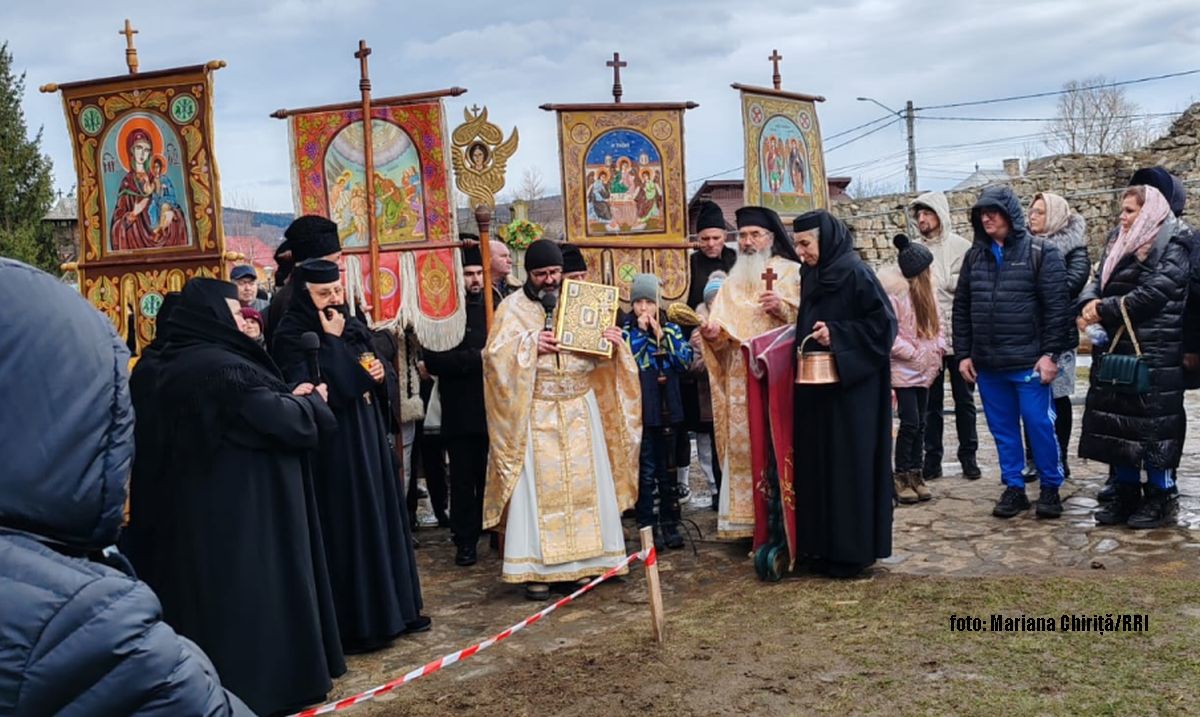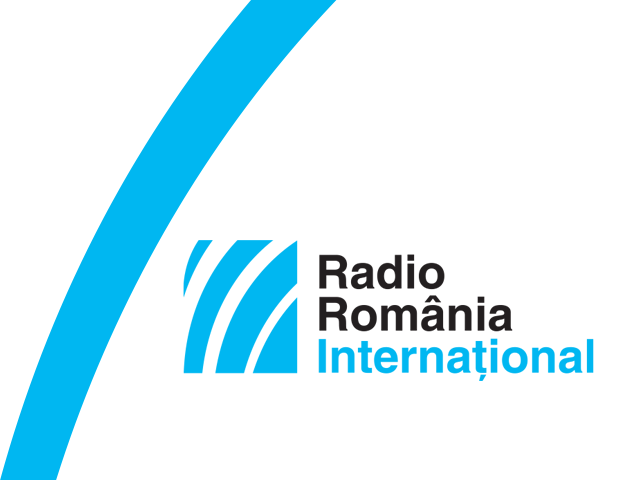The Architectural Treasure Hunt
A new urban game addressing local communities

Ana-Maria Cononovici, 18.05.2021, 14:00
With the return
of sunny days and the drop in the overall number of COVID infections, people
have rediscovered their playful side. In an area in Bucharest, the local
community has organized an architectural treasure hunt. There’s no player limit,
and anyone can enroll, either as a group or individually. Participation is free
of charge, and once you’ve signed up, it doesn’t matter where you start, merely
how many clues you find. There’s no predefined circuit. One you find a clue,
you just have to take a photo of the site in order to tag it.
Elena Lucaci, a
representative of Părinţi de Cireşari community, the organizer of the hunt, says
the community she represents was born out of the need to protect and create
more green areas a few years ago.
We organize community
events and pool our efforts, since we are all neighbors, in the true sense of the
word. In November, 2020, we planted 23 saplings at a playground. We organize garbage-collecting
events and all sorts of civic activities. Now we’re organizing this
architectural treasure hunt, which helps us know our neighborhood better. A lot
of people who live here don’t know that part of the district is actually a
protected area.
The area Elena
Lucaci refers to was indeed developed after the First World War, when part of northern
Bucharest at the time played host to a new district called Domenii Park. Upon
the request of local inhabitants, Caşin Church was built in 1935. The patron saints
of the church are Archangels Michael and Gabriel, but also Saint Catherine,
making it one of the biggest Orthodox Churches in Bucharest. From an architectural
point of view, the Church is a blend of Brancovan and eclectic styles, also
transparent in other buildings in the neighborhood.
The clues for
the treasure hunt are wittily written, such as find a bas-relief or find a
stone goat, and participants score points for every site they identify. The largest
number of points decides the winner. Elena Lucaci told us such community events
are very popular.
We have a large
number of participants from the local community, we don’t have to call on
people from other neighborhoods, as we form a rather strong community. We all know
each other, although we are quite numerous. We have some 650 members right now,
including 50-60 very active families with children in all age brackets.
We’ve asked
Elena Lucaci what other events she has been organizing and if there’s an age
limit for the treasure hunt.
We’ve had an
Egg-Hunt for children aged 2-6 earlier this year. This treasure hunt addressed
for adults and children aged 11 and above. Clues aren’t that complex, and
children aged 11 and above can register freely.
And since the
architectural treasure hunt is an urban game, whereby participants discover or rediscover
the architectural heritage of the city and familiarize with architecture basics,
Elena Lucaci told us about some of the clues participants had to find last
weekend.
There was a
certain street where they had to follow a particular smell. Another clue was
finding two sisters, standing back-to-back. There are all sorts of clues hidden
in the architecture of the neighborhood. It’s a little weird, because some
people stop to ask us what exactly we are taking pictures of, and we feel
obliged to explain it is a game, we live in this neighborhood and there’s
nothing wrong about it. I’ve also worked with a team of architects for this
project, who do this sort of events across Bucharest. They’ve done similar
projects with other protected districts.
The
architectural treasure hunt is an ideal pastime for the weekend, in tune with
the beautiful weather outside. (V.P.)






























